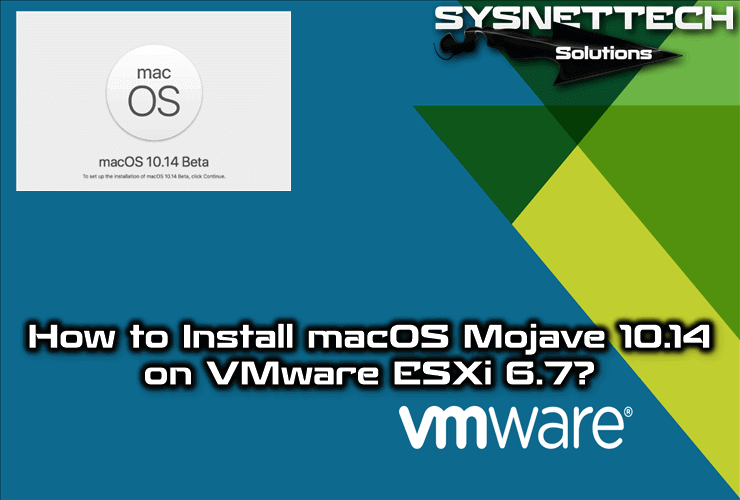

- BURN VMWARE ESXI ISO TO USB MAC HOW TO
- BURN VMWARE ESXI ISO TO USB MAC INSTALL
- BURN VMWARE ESXI ISO TO USB MAC ZIP FILE
- BURN VMWARE ESXI ISO TO USB MAC FULL
To prevent the PSOD, the following ESXi kernel option usbBusFullScanOnBootEnabled=0 is now the default and prevent the full bus rescan during bootup. When multiple USB NICs are connected and used with ESXi, an ESXi PSOD may occur.
BURN VMWARE ESXI ISO TO USB MAC INSTALL
You will need to create a custom ESXi ISO that contains this driver and install ESXi prior to installing the USB Native Driver ESXi Fling. The built-in Intel NIC is not automatically recognized by ESXi and requires an updated ne1000 driver which can be found here. If USB NIC is not your primary NIC for the Management Network, then you do not have to deactivate Secure Boot Since the settings do not persist, you will need to create a startup script (see instructions below for more details details) and this is not allowed when Secure Boot is enabled. Note: Secure Boot can not be enabled if you decide to use the USB NIC as your primary NIC for Management Network. Once the host has rebooted, ESXi should automatically pickup and claim the USB NIC (e.g. Step 3 - Install the ESXi Offline Bundle (6.5/6.7) or Component (7.0)įor (7.0+) - Run the following command on ESXi Shell to install ESXi Component: esxcli software component apply -d /path/to/the component zipįor (6.5/6.7) - Run the following command on ESXi Shell to install ESXi Offline Bundle: esxcli software vib install -d /path/to/the offline bundle zip Step 4 - Plug-in the USB NIC and reboot for the change to go into effect. esxcli system maintenanceMode set -e true) Step 2 - Place the ESXi host into Maintenance Mode using the vSphere UI or CLI (e.g.
BURN VMWARE ESXI ISO TO USB MAC ZIP FILE

After rebooting VMware ESXi will automatically start.When installation is complete remove the CD/DVD/Usb stick and press Enter to reboot.Press F11 to confirm you want to install.You will receive a warning that the CPU "may" be unsupported in future ESXi releases.

The installer will do another hardware check.Enter a password to use for the root user account then press Enter to continue.Choose your keyboard layout and press Enter.Boot macOS or a linux Live CD and use dd to overwrite the beginning of the disk. Select the disk you would like to install to and press Enter Note: If the disk is not blank VMware ESXi may refuse to install.Press F11 (volume down) to confirm you have read the EULA.The installer will take 5-10 minutes to fully load.Select EFI Boot on the right using the arrow keys or mouse and press return.Power on your Mac Pro and hold Option until the boot device selection appears.Burn the ISO image to a CD or DVD disc, or use a tool like rufus or Etcher to create a bootable USB stick.

BURN VMWARE ESXI ISO TO USB MAC HOW TO
This page describes how to get a modern (ish) version of ESXi to work correctly on a Mac Pro 3,1 (early 2008). Installing VMware ESXi on Apple hardware can be tricky, especially on older hardware.


 0 kommentar(er)
0 kommentar(er)
